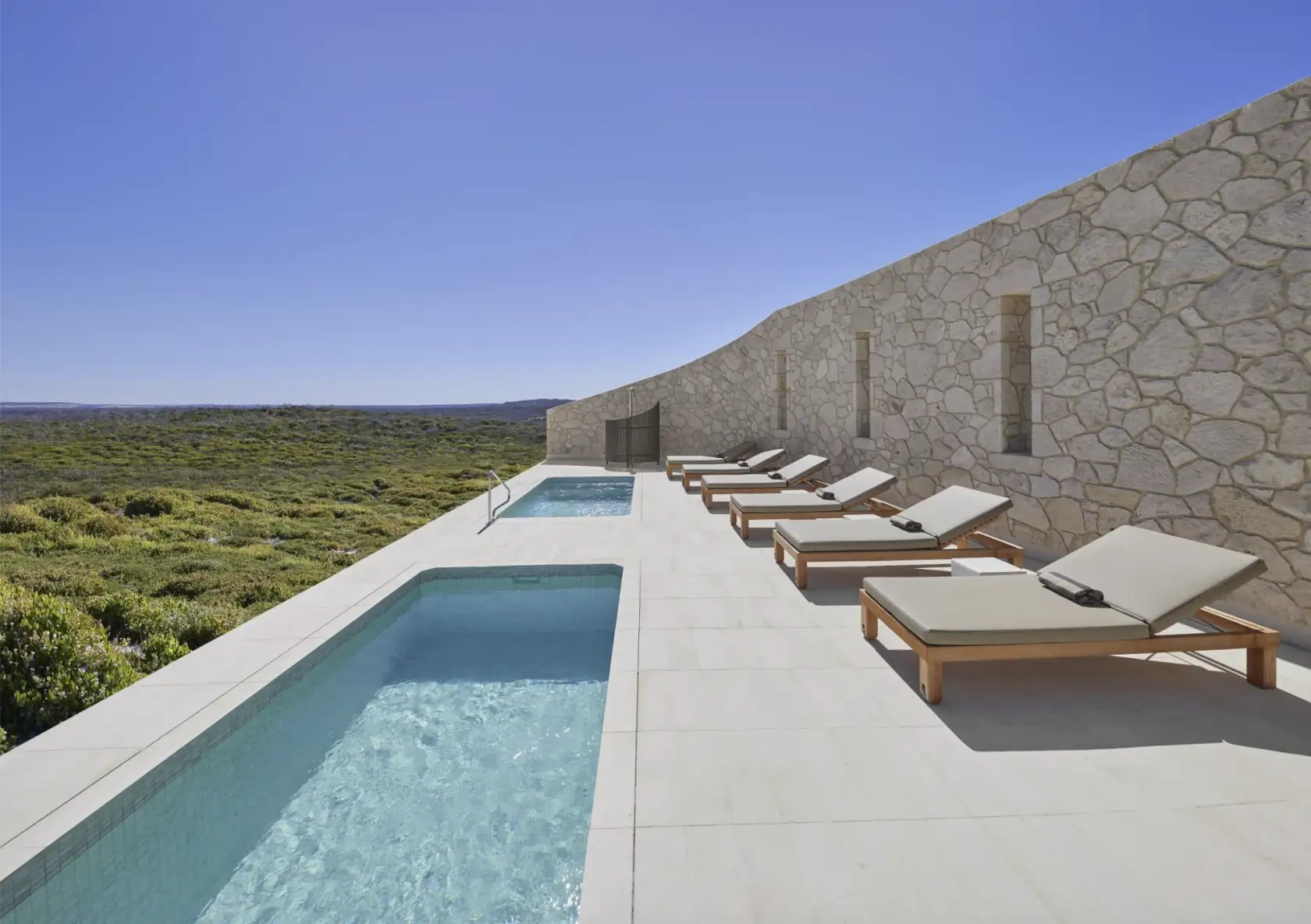

Warmer Water
Australia is lucky enough to have the option of various pool heating systems, such as heat pumps, gas heaters and solar heating. however, heating a pool is not quite as simple as installing a heating system and waiting for the water to warm up. There’s much more to it than meets the eye. Factors like climate, aspect and infrastructure all need to be taken into account. Each system has pros and cons that will better suit particular lifestyles and geographical locations.
Gas heating
A gas heater is a cost-effective way to heat your swimming pool to a comfortable swimming temperature all year round. Gas heaters are popular due to their quick heat-up times compared to heat pumps, which can take multiple days to heat the pool adequately. Gas heaters are generally available with heating outputs of 14kW to 100kW.
When choosing a gas heater for your pool, you should consider these factors:
swimming pool size
maximum desired temperature
heating time
your swimming season
Heat pumps
A heat pump is a very energy-efficient heating option for your pool and a great alternative for areas that don’t have a natural gas connection. They use the same technology as reverse-cycle air conditioners, extracting heat from the air and transferring it to water through a series of processes. Heat pumps are typically restricted in their heating capacity as they are reliant on the available electricity in your home. Typically, residential heat pumps will range between 7kW and 25kW.
Similarly, when choosing a heat pump, you should consider the following factors:
Geographic location and climate
maximum temperature
swimming pool size
indoor/outdoor location
your swimming season
